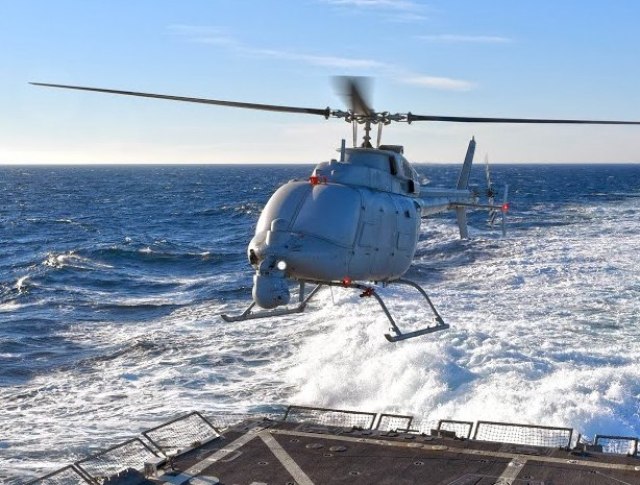The US Navy has begun analyzing possible alternatives to the modern MH-60R/Seahawk deck helicopters and the MQ-8B/C FireScout unmanned aerial vehicles. According to Vertical Mag, the life of the Seahawk and FireScout will expire in the 2030s. The military is considering joining the US Army's FVL tender.
The FVL (Future Vertical Lift) tender was announced by the US Army in 2011. It involves holding several competitions at the same time to create five types of new aircraft for army aviation, from light reconnaissance and medium strike to heavy transport, capable of competing in terms of payload capacity with transport aircraft, writes the AEH portal, referring to N+1.
For the development and serial delivery of new helicopters and drones for the fleet, the US Navy intends to announce the FVL-MS (FVL Maritime Strike) tender. According to the results of this competition, the military expects to receive new aircraft by the mid-2030s. At the same time, the delivery of the first production helicopters developed under the FVL tender to the US Army will begin.
The new flying helicopters of the US Navy are planned to be used for several tasks. These include reconnaissance, surveillance and reconnaissance, transportation of the wounded, target detection and targeting, anti-submarine warfare, mine warfare, electronic reconnaissance and suppression, cargo transportation, and support for special operations forces.
MH-60R/S helicopters entered service with the US Navy in the first half of the 2000s. The machine is 19.7 meters in length, 5.2 meters in height and the main rotor diameter is 16.4 meters. The maximum take-off weight of the helicopter is 10.4 tons. The helicopter is capable of flying at speeds of up to 270 kilometers per hour over a distance of up to 830 kilometers. The MH-60R/S can carry torpedoes, missiles, and machine guns, as well as carry up to five fighters.

